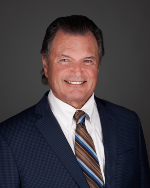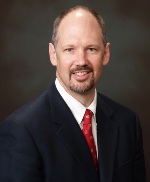The art of a presidency is a complex blend of authenticity, determination, accuracy and vision. There are many paths to a viable mix. In the course of three presidencies at two colleges in the United States and at an American university overseas, I found my executive voice by identifying and clarifying the institutional mission and appreciating what I could bring to its strategic needs. I learned to listen as I had never listened before, even to the echoes and the silences. I learned to hone my messages to the language of the place and tried to blend my way of thinking with the thought culture of the institution which I led. Based on the blend of self and school, I discovered ways to inspire donors and partners to share their ideas and resources with faculty, staff and students. The process of discovery had its clumsy moments, of course, but gradually it grew smoother.
Much of the smoothness was a result of the sagacity and experience of friends and advisors who helped me to become an effective leader. One great advisor through all three experiences was John Stevens. He was always a phone call or an email away regardless of whether he was actively serving as my consultant or just providing leadership advice, whether I was in the States or overseas. His sagacity and humor were extremely helpful during all my presidential assignments. I knew I could trust him and that he would be ever forthright.
Now I have the opportunity to work with John again as a colleague in his consulting firm. I have taken on the assignment because I know that I can contribute something significant to the development of educational leaders, by sharing my experience and resultant wisdom. My own experience was at first in turn-around situations and then in the development of an American university overseas. In all cases I focused on the relationship between the mission, the curriculum and the way it was delivered and the student and donor markets. I enjoyed excellent colleagues within the institution, on boards of trustees
and with donors and partners. It was especially gratifying to work with certain foundations. It was also wonderful to see my colleagues in all constituencies develop into excellent leaders. Finding the way to enhance their effectiveness was perhaps most gratifying of all.
I see now that a good president is always a teacher — educating and being educated. A leader of a good learning institution must model the willingness to learn as well as to teach. When education is not at the center of his/her thinking, something is very wrong.
As a lifelong educator I am prepared to help any leader, president, vice president or dean to develop the institutional mission, design, identify and nurture a team, clarify his/her personal and professional values, develop effective oral and written communication skills, work across constituencies with conflicting demands inside and outside the institution, balance professional and personal time, develop policies and partners and manage transitions.
If you as a reader have any questions for me, please don’t hesitate to write to me. I am an email or a phone call away. If you would like some sustained help in team building, mission clarification,professional development, policy development, constituency relations of ongoing problem solving I would be pleased to visit with you and work out an action plan.
Ellen S. Hurwitz, PhD
President Emerita, American University of Central Asia
Senior Consultant, Stevens Strategy


 John Stevens, Ed.D.
John Stevens, Ed.D. Brendan Leonard, M.B.A.
Brendan Leonard, M.B.A.
Leave a Reply